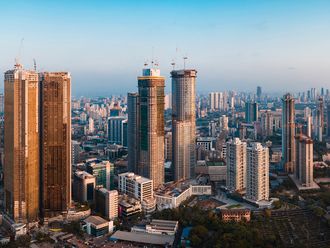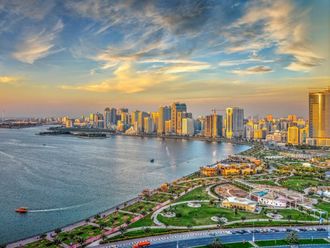Abu Dhabi: Residential rents in Abu Dhabi continue to slide although a fragmented recovery is expected before the end of the year, says findings of a research conducted by CBRE (CB Richard Ellis), an international real estate consultancy.
“The Abu Dhabi residential market is now seeing increased tenant activity arising from the decision to force government employees to reside in Abu Dhabi in order to receive their housing allowance,” CBRE said in its latest report.
“Despite a noticeable rise in leasing activity during the first half of the year and record sales transactions, average rents continued to fall. Rental rates have dropped a further 4 per cent during the quarter and are now down around 10 per cent over the last 12 months. The highest demand is currently for 2-bedroom units, with rentals for upper, middle and high-end accommodation ranging from Dh90,000 to Dh145,000 per unit per annum,” said Matthew Green, head of research and consultancy, UAE, CBRE Middle East.
Replying to Gulf News’ questions, Green said in an e-mailed response: “We expect average residential rents to return to positive growth territory before the end of the year. Over the past six months, we have already witnessed increasing demand levels, resulting in a higher number of leasing transactions being completed. This has already led to rental growth within masterplan developments such as Raha Beach and Al Reef, but it hasn’t been sufficient to see the market average turn positive. This is a result of continued rental declines for inferior products and for rents in secondary locations, which has weighed down the overall market performance.”
The CBRE report said prime developments around Al Raha Beach and Saadiyat Island remain hotspots for luxury housing, with 2-bedroom apartments at St. Regis ranging from Dh168,000–192,000 per unit per annum while on the main island, similar units at Etihad Towers now start from Dh135,000 per unit annually.
Point of difference
“Newly delivered residential developments such as Marasy Abu Dhabi and Nation Towers are commanding relative high rental rates, due to their superior quality finish, waterfront views and wide ranging facilities and amenities. This trend reflects sustained demand for high-end residential properties which offer tenants a real point of difference against existing inventory,” added Green.
Though the Abu Dhabi commercial market has shown some very early signs of a revival with an increase in leasing transactions and rising occupier interest, this was not sufficient to stop the decline of average rents, the report said.
Green added: “The commercial market is expected to see further deflation over the remainder of the year as the secondary market struggles amid significant new office supply. Rents for prime properties have remained stable during the first six months of the year, although the lack of occupier demand means there could be further downside potential even for Grade A properties.”












